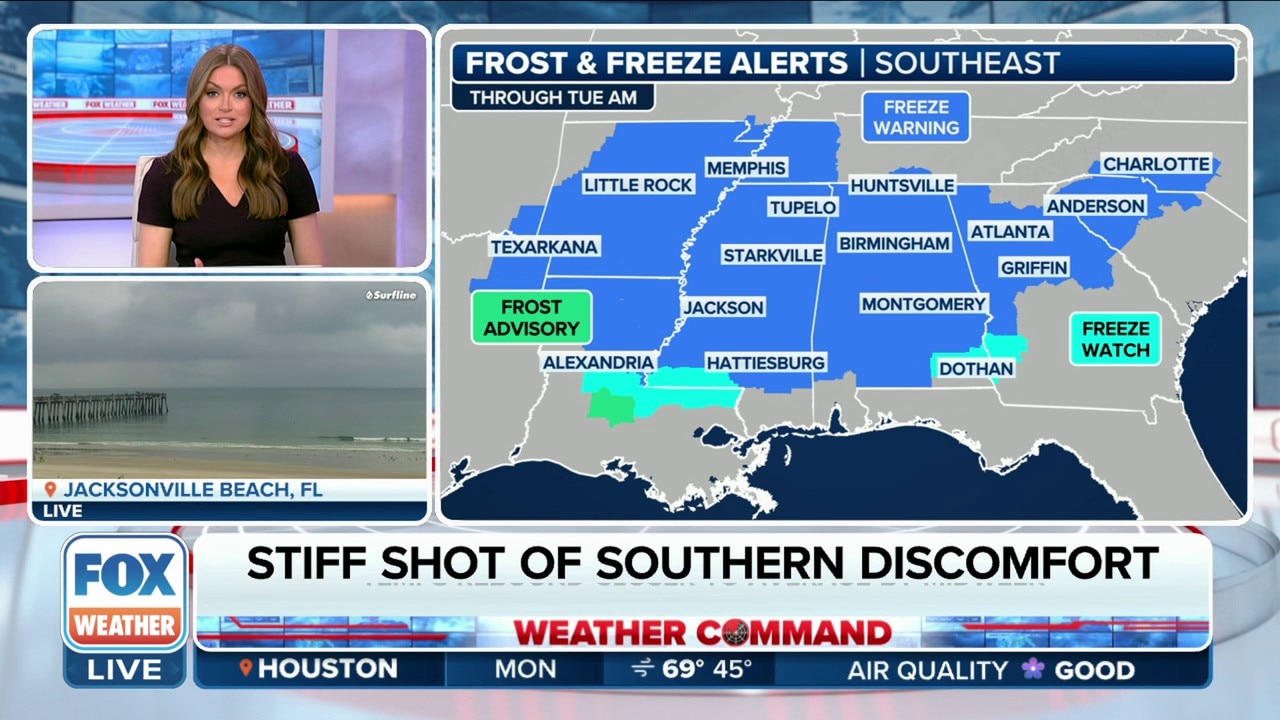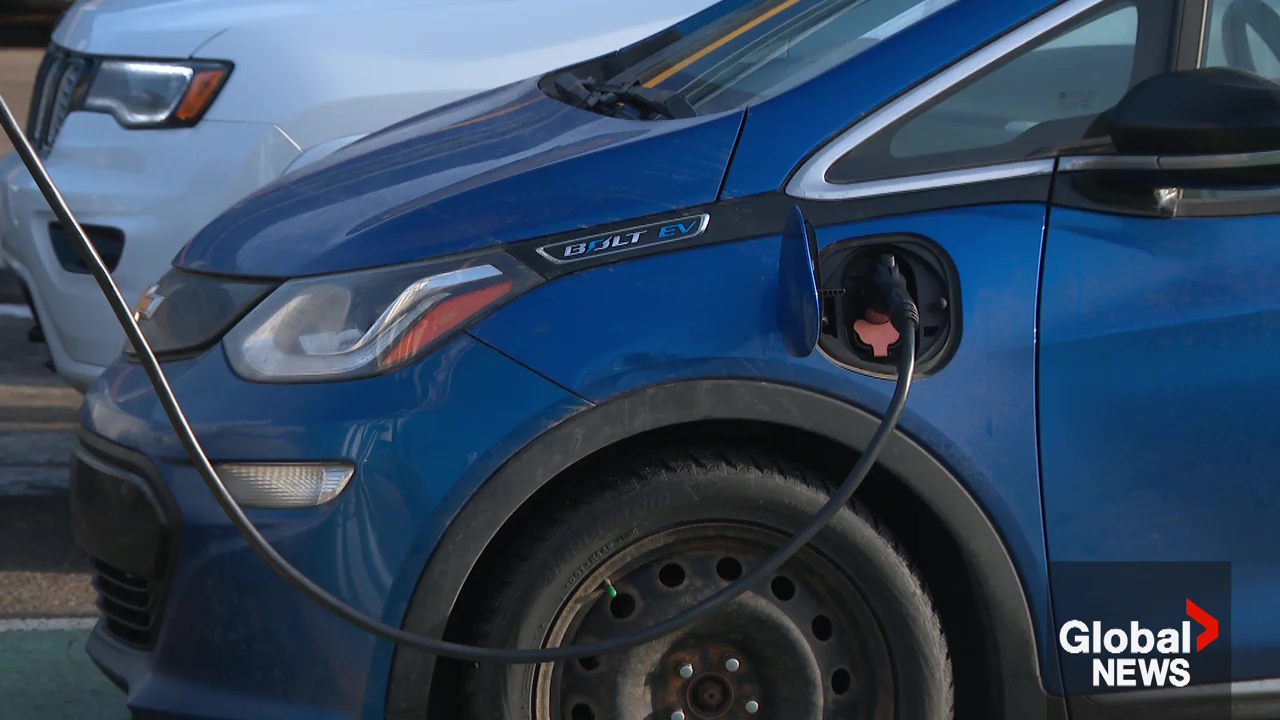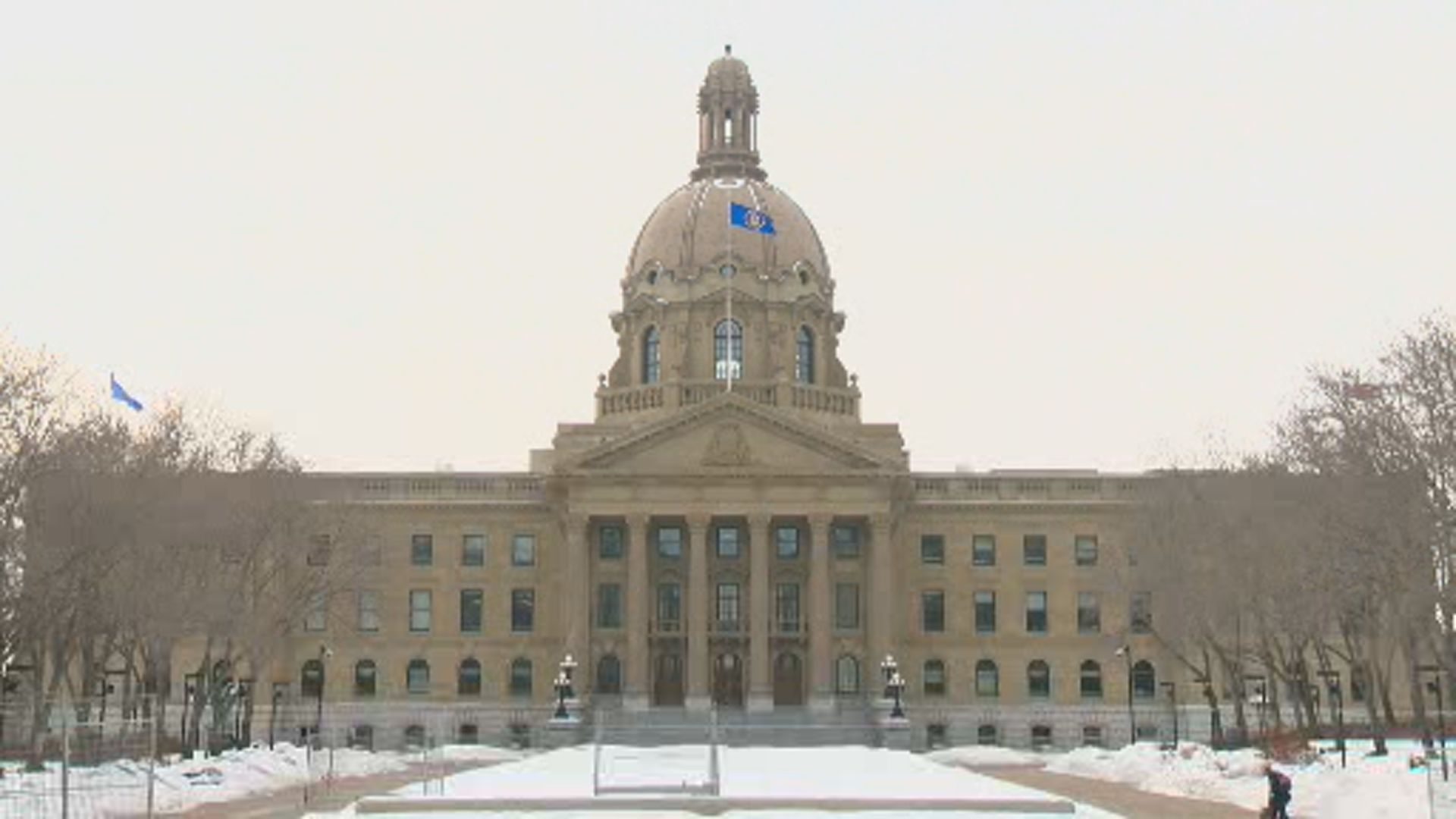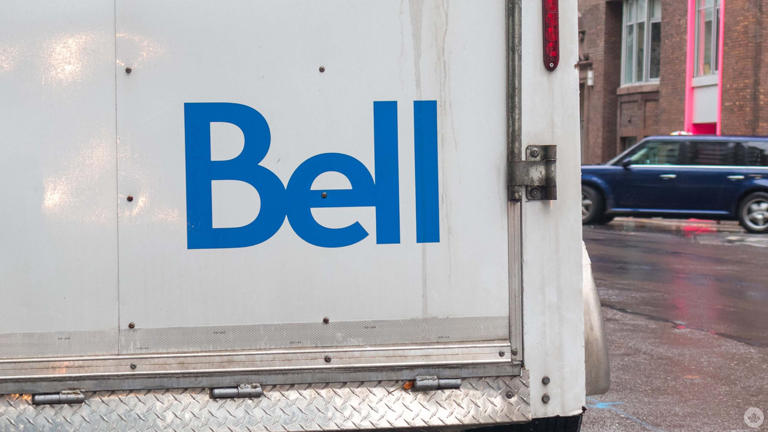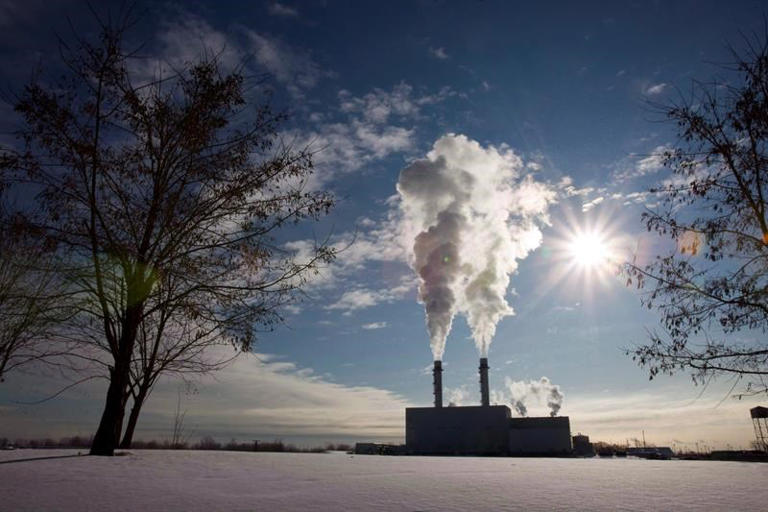
Canada has achieved a dubious distinction: it's now the most polluted country in North America, according to the latest World Air Quality Report. The revelation puts the country at the forefront of a continental crisis in air quality, marking the first time Canada has topped the charts in the undesirable category.
Swiss air quality tech company IQAir sourced data from over 30,000 monitoring stations across 134 countries and found many regions fail to meet safe levels of fine particulate matter PM2.5. The tiny particles, less than 2.5 microns in diameter, can penetrate the lungs and bloodstream causing severe health issues.
Smoky horizons
Only seven countries globally meet the World Health Organization's air quality guidelines, according to the report. Australia, Estonia, Finland, Grenada, Iceland, Mauritius, and New Zealand are clean-air champions. Europe shows a mixed bag, with Iceland having the cleanest air, followed closely by Estonia and Finland.
Related video: Record wildfires plunge Canada's air quality below the U.S. for first time (cbc.ca)
While Sweden, Ireland, and Norway sit comfortably in the green zone, with air quality up to double the WHO's safe standard, Eastern European countries like Lithuania and Poland have yellow and orange pollution levels, signifying a much higher risk. In some positive news, Croatia has slashed its PM2.5 levels by over 40% from the previous year. The country's progress is attributed to increased renewable energy usage and ambitious policies to reduce coal dependency and methane emissions.
Meanwhile, South and Central Asia bear the brunt of worldwide air pollution, especially Bangladesh, Pakistan, and India.
Canada's burning issue
Canada, typically known for its clean air and natural beauty, is now experiencing increased pollution levels, making it the most polluted country in North America. The new report identifies Canada as having the top 13 most polluted cities on the continent.
Recent wildfires are a major cause of the pollution spike. Around 4% of Canada's forests burned last year, affecting areas from Yellowknife to the Pacific Northwest and even sending smoke as far as Florida. The most polluted Canadian cities in 2023 were Fort McMurray, Peace River, and Yellowknife.
From May to October, fires burned an area half the size of Germany. In Alberta, PM2.5 levels in the air were nine times higher than the previous year. Now, over 40% of Canadian cities have particulate levels twice the safe limit set by the WHO, and 35 cities (or 11%) face levels three times above the safety threshold. That's a major change from 2022 when only one Canadian city exceeded those pollution levels.
With the arrival of El Niño, expectations are set for even higher temperatures this year, which could lead to an increase in wildfires throughout the country. Scientists suggest the summer could see unprecedented levels of fire activity. The situation puts pressure on emergency services and air quality management, especially in regions like Quebec, which was enveloped in smoke last year.
Clearing the air
To help combat air pollution, IQAir recommends that governments incorporate WHO air quality guidelines into national standards, which could set a clearer benchmark for clean air. It suggests investment in renewable energy sources to reduce reliance on fossil fuels, and expanding public transportation systems.
Incentives for the use of electric vehicles could also help reduce emissions. Governments are advised to enforce stricter emissions controls and adopt forest management practices that mitigate wildfire risks. Expanding and enhancing air quality monitoring can also provide valuable data to guide policy and public health responses.
For individuals, the report suggests limiting exposure during high pollution periods. Using air purifiers, choosing eco-friendly transport options, and supporting air quality improvement policies can make a difference. People can also lower their own pollution footprint by reducing energy use at home and reusing/recycling items instead of buying new.
Shifting lifestyle habits might be uncomfortable in the short term, but the report suggests they should become the new norm to safeguard public health and preserve the environment for future generations.
